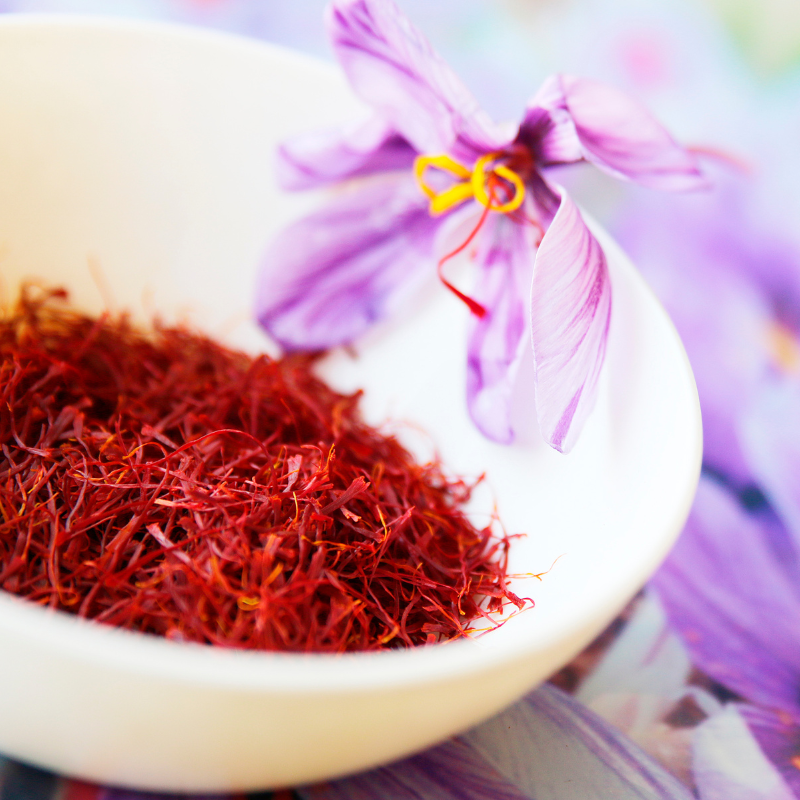The Saffron of Touraine

Saffron of Touraine: an age-old spice with distant roots
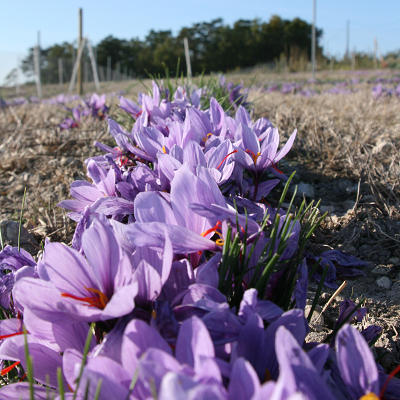

The Disappearance of Saffron
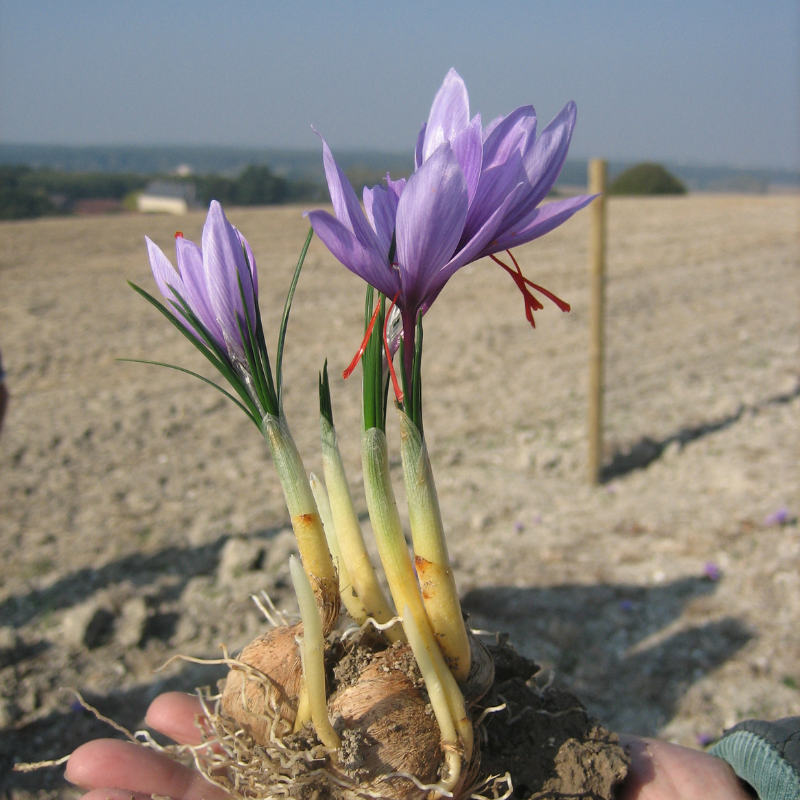
Over the centuries, saffron found its place in the kitchens, rituals, and medical practices of many civilizations. In Europe, it was particularly prized until the early 20th century. However, after World War I, France witnessed the disappearance of this flourishing culture. The main reason was the lack of labor caused by the ravages of the war, leading to depopulation in the French countryside.
European cuisine, while evolving, neglected this precious spice in favor of more readily available ingredients. Saffron harvests were delicate, requiring meticulous work to extract the precious stigmas from the crocus flowers, contributing to the gradual abandonment of this culture in Touraine.
Nevertheless, over the last 30 years, Saffron of Touraine has experienced a well-deserved revival. Enthusiasts, aware of the historical and culinary richness of this spice, have committed themselves to rediscovering and reviving it.

Discovering Saffron of Touraine
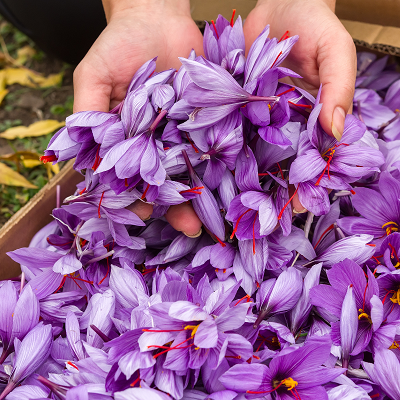
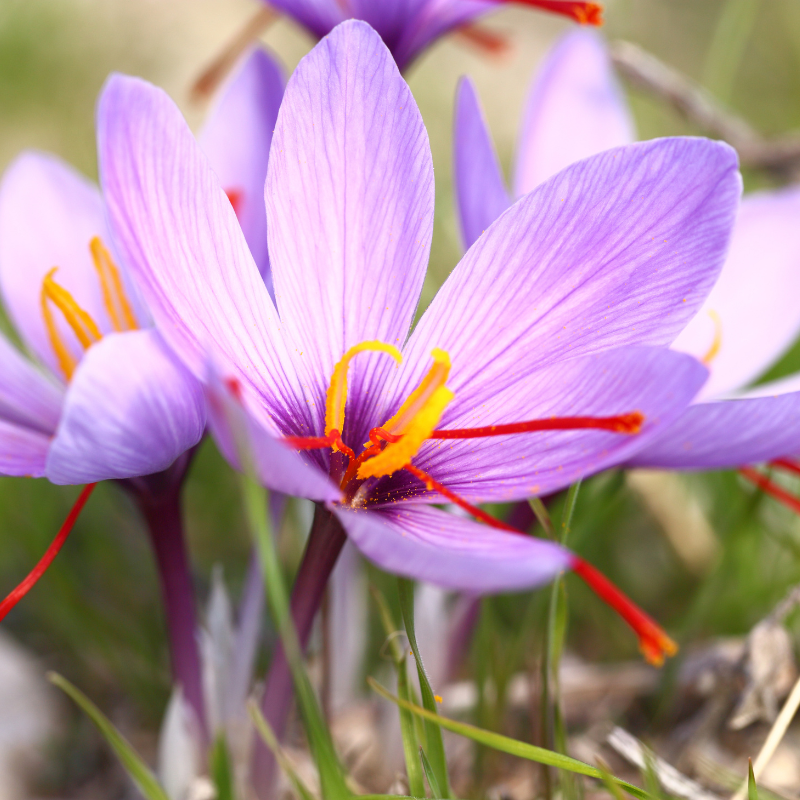
Every autumn, we witness the harvest of Saffron in Touraine, the only floral spice that evokes delicate aromas and vibrant color. It is the stigma of the flower of the Crocus Sativus bulb, a member of the Iris family, that is collected and, once dried, becomes Saffron.
Each year, from late September to late October, the fields adorn themselves with a purple glow as the crocus flowers bloom.

Saffron Production
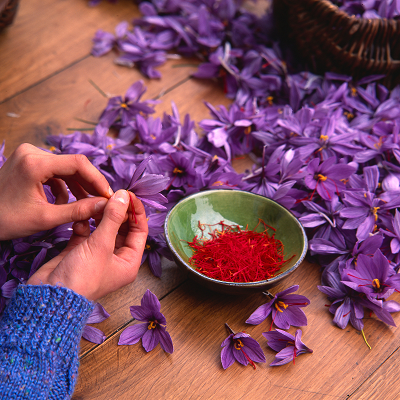
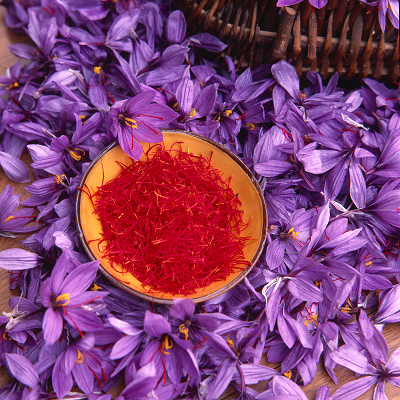
It is at sunrise that the growers begin the manual harvest, ensuring the respect of the flowers and the preservation of their precious content. The trimming, done on the same day as the harvest, involves gently removing the red and fragrant stigmas from the flowers. These tiny filaments, three per flower, contain the very essence of the spice. Each movement must be precise to ensure the quality of the harvested saffron. It takes about one hour of harvesting for two to three hours of trimming.
Once the stigmas are collected, they are carefully arranged for drying to dehydrate them and prevent mold formation. During this stage, saffron can lose up to 80% of its weight.
Saffron is a very costly spice due to the labor-intensive process required to produce small quantities. To reduce its cost, it is often subject to adulteration, meaning it is mixed with other flowers when sold in the market (safflower, marigold, charcoal, etc.). Saffron is sold for several thousand euros per kilogram, but it's important to note that just one gram can suffice to prepare hundreds of dishes. Thus, the cost per dish only amounts to approximately 25 cents per person. Today, in Touraine, between three and five kilograms are produced each year, a seemingly small figure, but not so when you consider that it takes 150 to 180 flowers to produce just one gram of saffron.
Did you know?
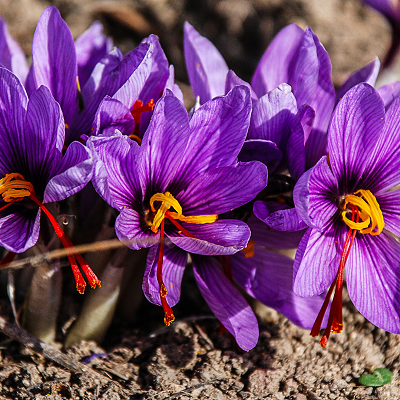
Did you know? In one night, the number of flowers can go from 250 to 3,000: new Crocus sativus bulbs are planted in July and August, and the old ones are uprooted every 2 or 3 years. The bulbs sprout at the end of summer, and the harvest takes place over 2 to 3 weeks.

The Saffron Growers of Touraine
During antiquity, Crete was the closest island to France that cultivated saffron. It is believed to have traveled along the Mediterranean coasts before officially arriving in France with the Crusades. The Moors are said to have reintroduced saffron bulbs to the Poitou region after their defeat by Charles Martel in the Battle of Poitiers in 732. Finally, it found particularly favorable soil for its growth in Touraine.
In 2006, an association was formed, 'The Saffron Growers of Touraine,' which dedicates its time and expertise to the cultivation of this botanical treasure, using bulbs acclimated to our region for 40 years for planting. It brings together around twenty passionate producers, primarily located in southern Touraine and Chinonais, who are committed to preserving and perpetuating saffron production in the region.

Some recipes made with saffron.
- Saffron Salmon Fillet: Prepare a sauce for your salmon by sautéing a leek and a carrot, then adding fresh cream and your Touraine saffron. Pour this sauce over your fish.
- Saffron Rice: Dissolve a cube of chicken concentrate in 50 cl of hot water and sauté shallots and garlic in 20 g of butter. Add the rice to the butter and sauté until the grains become translucent. Add white wine and broth, then incorporate your garlic, shallots, and Touraine saffron, and mix everything.
- Saffron Fennel: Slice your fennel and shallots, then pre-cook the fennel in the microwave. In a saucepan, bring thyme, pepper, salt, Touraine saffron, 125ml of white wine, fennel, and shallots to a boil. Let it simmer for 5 to 10 minutes.

 Français
Français 
